Are you looking for ways to cut down your energy bill? Do you want to reduce your carbon footprint, and do your bit to preserve the environment and fossil fuels? Wouldn’t it be great if you could switch to alternative energy sources, such as wind or solar power?
Did you just nod your head in agreement to any of the above questions? Then chances are you’ve already contemplated installing solar panels to power your home. Perhaps, you’re already using solar water heaters or air conditioners in your enclosed patios and living room.
Solar Lights Step Into the Picture
There’s another simple way to use solar energy in your living space. You can replace the traditional outdoor lights or grow lights with energy-efficient solar street lights. While solar lights are predominantly used to illuminate roadways and parking lots, they’re also making their way into residential properties.
Whether you’ve got a nifty manicured lawn or a plush landscaped backyard, you can use solar energy to light up the exterior of your home. Solar lights are energy-efficient, and go a long way to cut down your electricity bills as well.
But if you’re transitioning to solar power for the first time, it might seem like a daunting task.
What happens when the days are mostly cloudy, and there’s no sun to power the lights? What if the lights need to be installed in an area that’s in shade for a majority of the day? What about adverse weather conditions, such as rainfall or snow?
These questions will start racing through your mind the moment you think about getting solar lights for your home.
That’s why we’ve curated a list of key factors you should consider before getting started with solar light installation. Let’s take a look.
1. Weather
If you’re lucky enough to live in a vast sun-kissed desert, you don’t even have to bat an eyelid before using solar lights for your home. But if you live in a place like (let’s say) Lafayette that’s known for being partly cloudy throughout the year, you need to consult an expert before switching to solar power.
In such a scenario, it’s a good idea to check the Lafayette, Indiana weather radar, and learn more about the historical weather patterns in your area. It’ll give you a better idea of how much sunlight your neighborhood is going to receive throughout the year.
Once you’ve got access to this information, you’ll be better equipped to make provisions for storing solar energy in photovoltaic cells.
The good news is that modern solar lights are equipped with batteries that store available sunlight throughout the day. You just need to keep an eye on the weather, and choose the right kind of solar lights for your property.
2. Shade
Even if you live in a sunny region, the area that you want to illuminate with solar power might only receive sunlight for a few hours every day. Before you break a sweat, it’s important to know that there are ways to illuminate solar lights even if they’re installed in shaded areas.
In such cases, you’ll need to install a separate solar panel and battery in a sunny area on your property. This system is connected to the solar lights via cables. The solar panel absorbs sunlight, converts it into electricity, and powers all the solar light units.
If you’ve already identified the area where you’d like to install the solar lights, make sure you hire an expert to measure the insolation and recommend whether you need a separate solar panel and battery.
3. Type of Solar Lights
With the rapid advancement in solar technology, you now have access to a wide range of solar lights. Typically, you can choose from all-in-one and integrated solar lights.
All-in-one solar lights come as a single unit comprising a light source, battery, charge controller, and solar panels. Also, they’re equipped with motion sensors that can automatically turn the lights on and off depending on whether someone is around.
On the other hand, integrated solar lights come with a separate solar panel. Also, they don’t include in-built motion sensors. If you’re looking for more energy-efficient solar lights, all-in-one lights would be a better choice.
Whether you’re looking to minimize your environmental impact or just want to save on your energy bills, switching to solar lighting is a great idea. Make sure you choose the right type of solar light based on your needs. Also, consider the weather in your neighborhood to make the right decisions regarding solar lights installations.

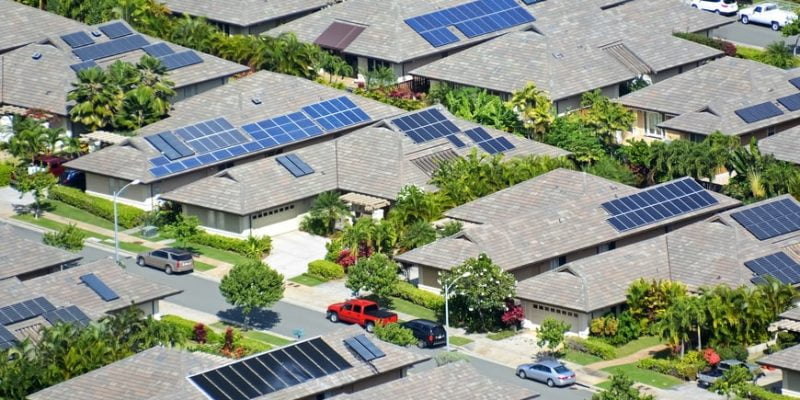
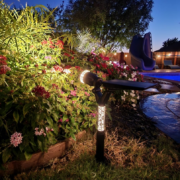
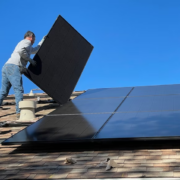
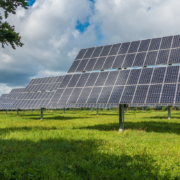
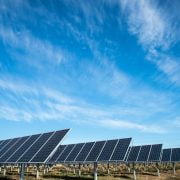
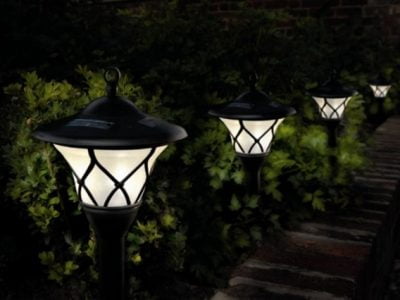
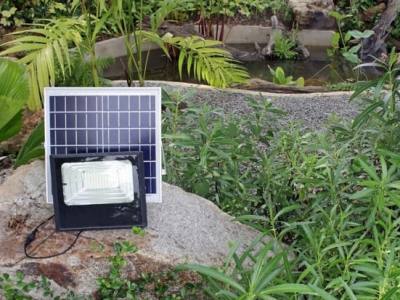
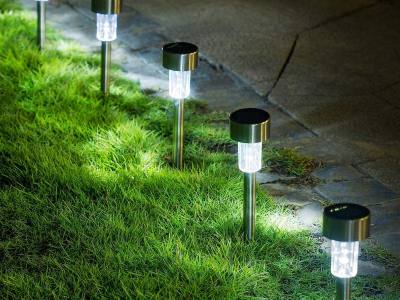
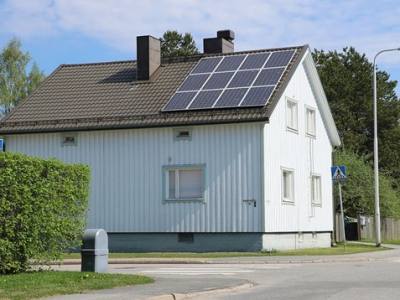
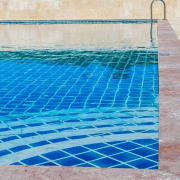

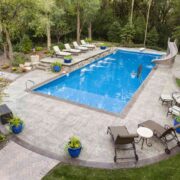
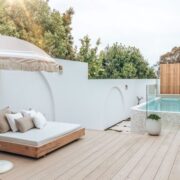
Comments